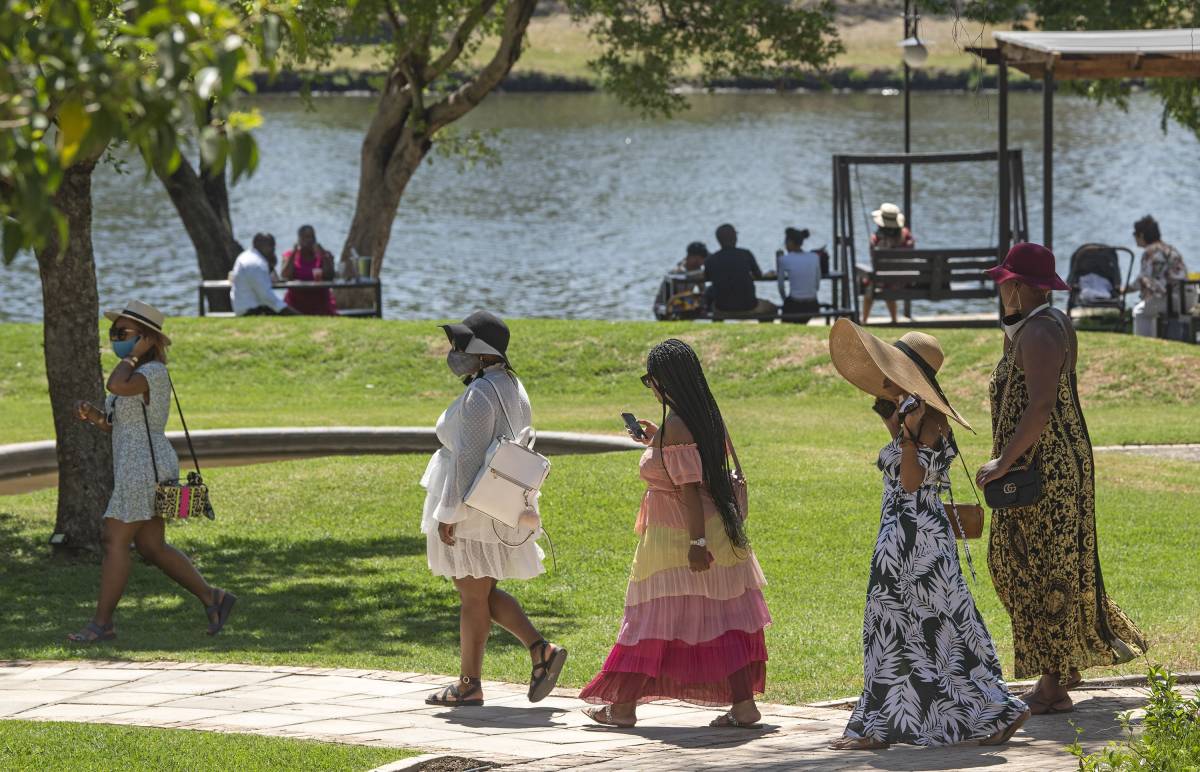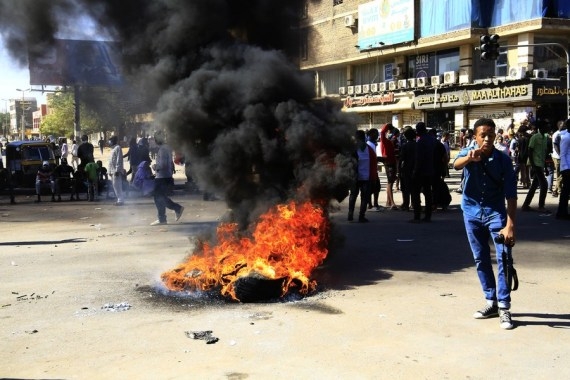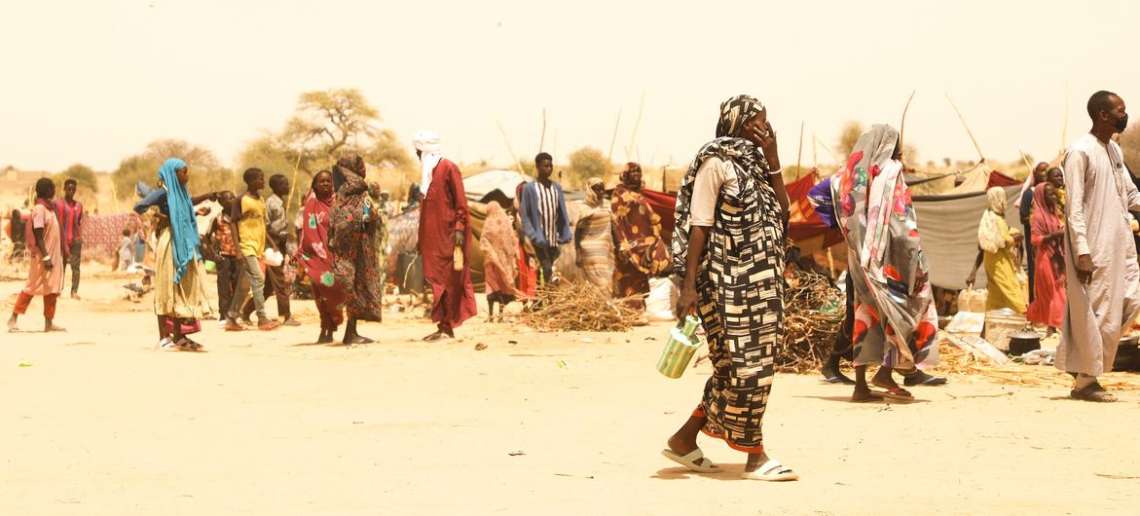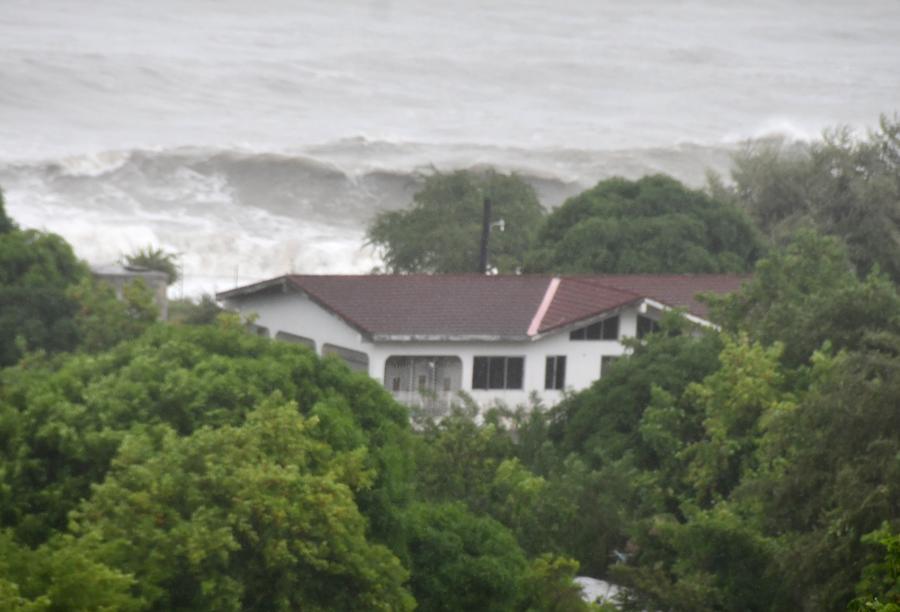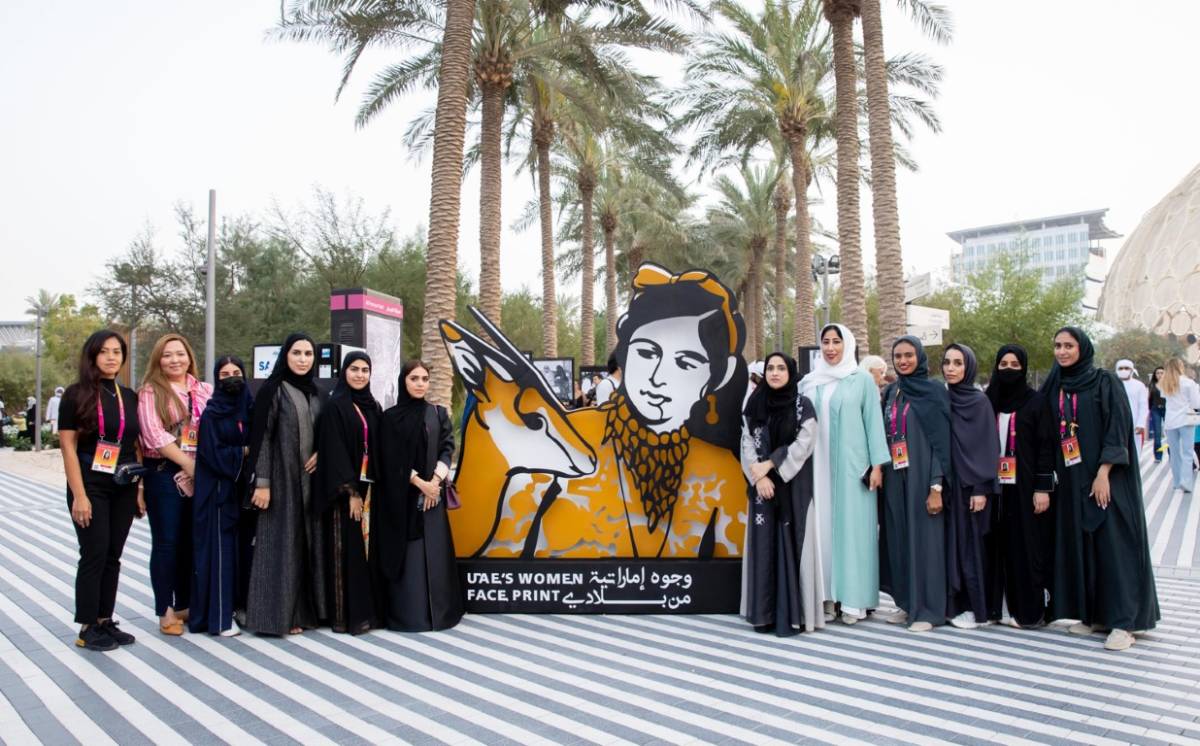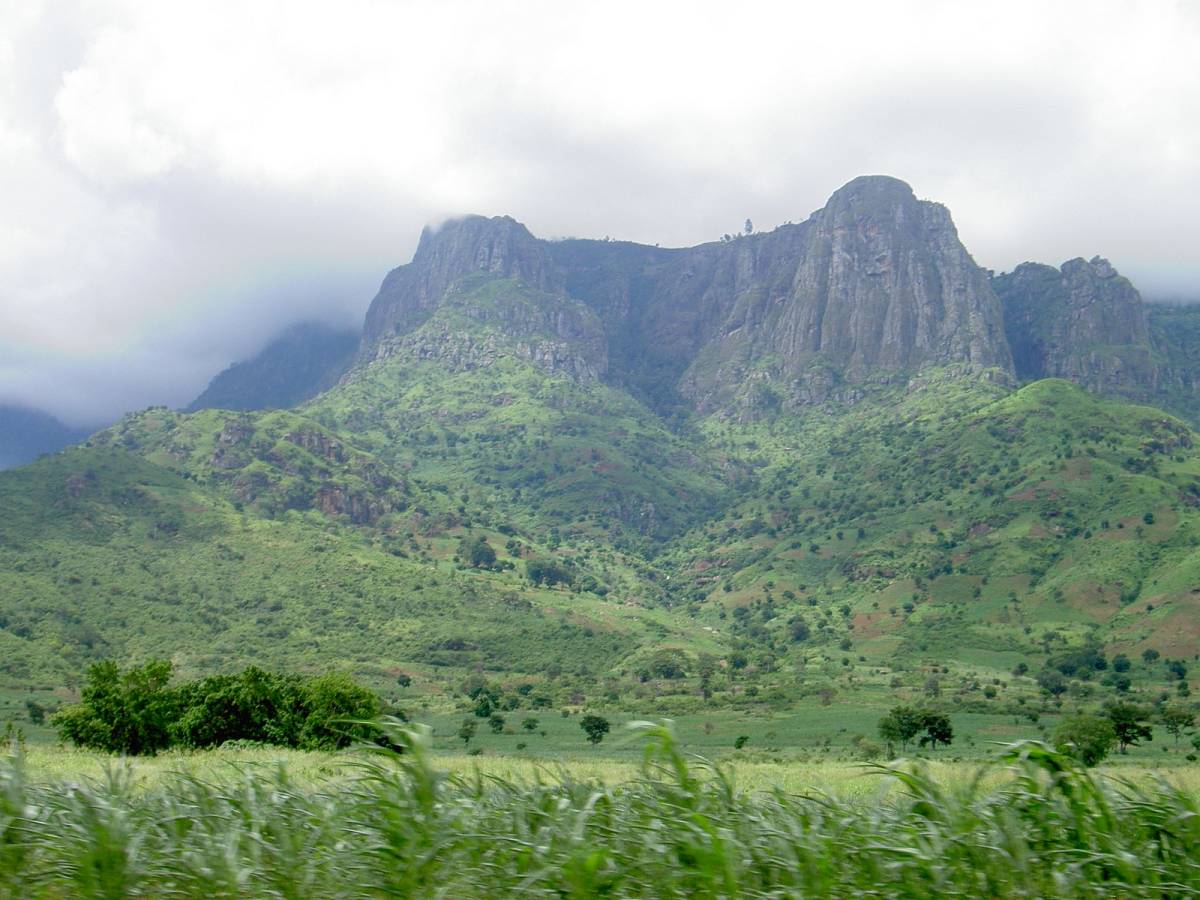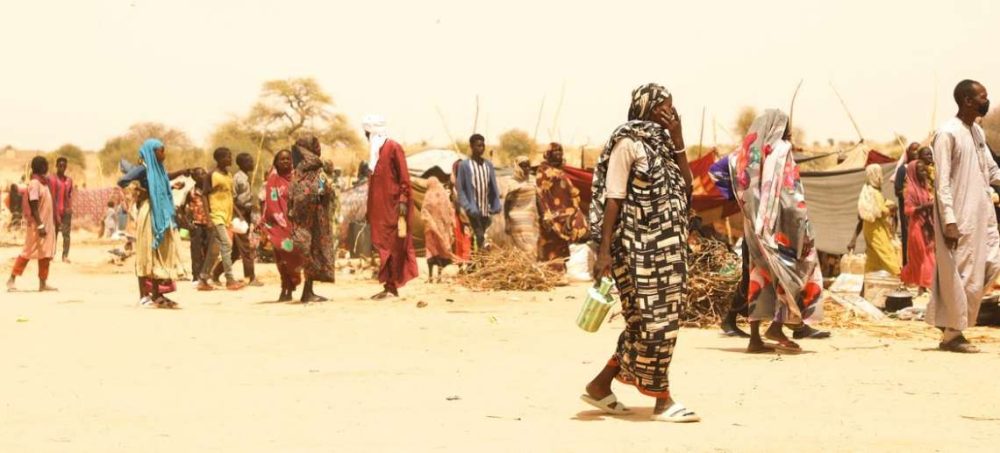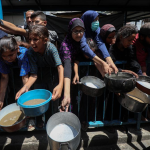The northeast Africa, especially Ethiopia, Kenya and Somalia, is facing a severe climate emergency
The northeast Africa drought threatens to be one of the worst climate-induced emergencies in the area in the last 40 years, UN humanitarians said on Wednesday.
“People in Ethiopia, Kenya and Somalia have endured three consecutive poor rainy seasons,” the UN Office for the Coordination of Humanitarian Affairs (OCHA) said. “The latest forecasts indicate that the March to May rains may be average to below-average.”

If the rains are scarce, the drought risks becoming one of the worst climate-induced emergencies in the last 40 years in the Horn of Africa, with millions of people facing severe water shortages and going hungry due to the devastating drought in the region, the office said.
OCHA said dry water sources across the region force people to walk long distances to find water. Conflict over scarce resources increases the risk of violence and abuse against children and women.
The office said because of water scarcity, food insecurity is at a record high. Between 13.1 million and 14.1 million people in Ethiopia, Kenya and Somalia struggle to put food on the table every day.
“The prolonged drought will leave more than 5.7 million children acutely malnourished in these three countries in 2022, 1.7 million of them severely acutely malnourished,” the office said. “Humanitarian partners are scaling up the response and have assisted 1.6 million people in Somalia, over 2.7 million people in Ethiopia and more than 830,000 people in Kenya.”
The office and its humanitarian partners seek 4.4 billion U.S. dollars to provide life-saving assistance and protection to about 30 million people in the three countries this year, but funding is meager.
OCHA urgently calls on the international community to step up support to organizations responding to the drought across the Horn of Africa.
Crisis in Ethiopia

The ongoing drought in parts of Ethiopia is increasingly deteriorating the living conditions and livelihoods of affected communities, the UN Office for the Coordination of Humanitarian Affairs (UNOCHA) said.
The ongoing drought in the Horn of Africa is affecting close to 7 million in Ethiopia and is increasingly deteriorating the living conditions and livelihoods of affected communities in Oromia, Somali, South Western Ethiopia, and Southern Nations, Nationalities and Peoples (SNNP) regions primarily, Xinhua news agency quoted the OCHA’s latest situation update as saying.
Some 3.5 million people are facing the consequences of the drought in Oromia region, while about 3 million people continue to suffer from the brunt of drought in the Somali region with over 900,000 reported livestock deaths, it said.
The OCHA said over 1 million people in 21 districts of East and West Hararge in Oromia region are living in dire condition where water tracking gap stands at 70 per cent, calling for an urgent need for additional 42 trucks in both zones.
The drought situation in the West Guji zone of Oromia region continues to have a severe impact and repercussions on the lives of affected communities, with over 27,000 children and 22,000 young women are facing serious protection concerns.
ALSO READ: 25 African nations ‘least’ water-secure
“An emergency response is ongoing and is further required for at least the next five months to save lives and livelihoods and prevent further deterioration of an already extremely dire humanitarian situation with increasing protection concerns for which additional funding is urgently required,” the OCHA said.
Meanwhile, the Agency said measles cases continue to be reported since December 2021 in Doloado and Bokolmayo districts in Ethiopia’s Somali region, with about 700 new cases and 12 deaths recorded as of March 3.
The measles outbreak affected 15 localities, including five refugee camps in the zone, it was noted.
It said that while the number of cases recorded has decreased since cases were diagnosed in December 2021, active cases remain.


